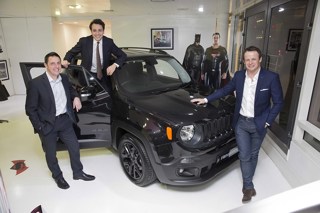Nissan's European technical centre (NTCE) is one of several automotive organisations involved in the bone-scanning project, called BOSCOS (Bone Scanning for Occupant Safety). The aim of the project is to research and develop technology which can adjust the deployment of on-board safety systems to account for the density of the occupants' bone structure.
In accidents, the deployment of airbags can lead to injuries such as fractured ribs and sternum. In particular, older drivers and passengers who have weaker bones or medical conditions such as osteoporosis, can suffer from fractures as a result of the deployment of airbags and seatbelts.
The bone-scanning system works by using ultrasound technology to analyse the bone density of the occupants and it can then adjust the force of the airbag and seatbelt pre-tensioners to maximise the protection offered by those devices, and at the same time help keep to a minimum the risk of injury as a direct result of their deployment.
To analyse the bone density, occupants place their finger in an aperture after starting the car and an ultrasound reader measures their bone density. With the results recorded, the various safety devices will calculate the optimum level of deployment to protect the occupants, whilst keeping to a minimum their risk of injury.
At the moment, there is no schedule for when this technology will first be employed on a commercially available vehicle.
The consortium includes: the Cranfield Impact Centre, part of Cranfield University's School of Industrial and Manufacturing Science and TRW Automotive. NTCE is Nissan's engineering and development facility in Europe.

















Login to comment
Comments
No comments have been made yet.